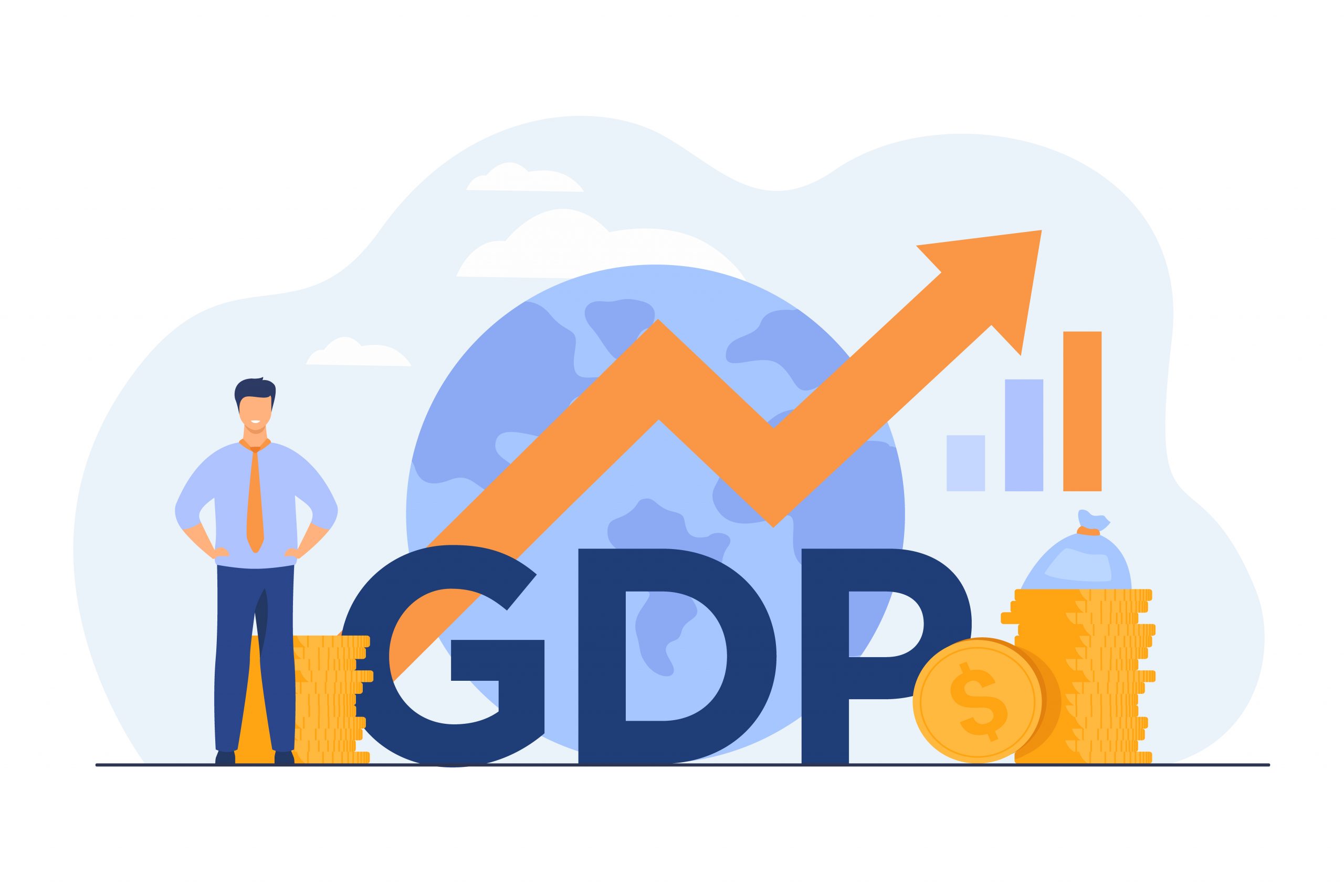December 12, 2022
In the third quarter of 2022, seasonally adjusted GDP increased by 0.3% in the euro area and by 0.4% in the EU, compared with the previous quarter, according to an estimate published by Eurostat, the statistical office of the European Union. In the second quarter of 2022, GDP had grown by 0.8% in the euro area and by 0.7% in the EU.
Compared with the same quarter of the previous year, seasonally adjusted GDP increased by 2.3% in the euro area and by 2.5% in the EU in the third quarter of 2022, after +4.2% in the euro area and +4.3% in the EU in the previous quarter
During the third quarter of 2022, GDP in the United States increased by 0.7% compared to the previous quarter (after -0.1% in the second quarter of 2022). Compared with the same quarter of the previous year, GDP increased by 1.9% (after +1.8% in the previous quarter).
GDP growth by Member State
Ireland (+2.3%) recorded the highest increase of GDP compared to the previous quarter, followed by Cyprus, Malta and Romania (all three +1.3%). The highest decreases were observed in Estonia (-1.8%), Latvia (-1.7%) and Slovenia (-1.4%).
GDP components and contributions to growth
During the third quarter of 2022, household final consumption expenditure increased by 0.9% in the euro area and by 0.7% in the EU (after +1.0% in the euro area and +0.9% in the EU in the previous quarter). Government final consumption expenditure increased by 0.1% in both the euro area and the EU (after -0.1% in both in the previous quarter). Gross fixed capital formation increased by 3.6% in the euro area and by 3.2% in the EU (after +0.9% and +1.1% respectively). Exports increased by 1.7% in the euro area and by 1.9% in the EU (after +1.7% and +1.8%).
Imports increased by 4.3% in the euro area and by 4.0% in the EU (after +2.2% and +2.0%). Household final consumption expenditure had positive contributions to GDP growth in both the euro area and the EU (+0.4 percentage points – pp in both zones). The contributions from government final expenditure negligible for both zones. The contributions of gross fixed capital formation were positive for the euro area (+0.8 pp) and for the EU (+0.7 pp). The contributions from the external balance were negative (-1.1 pp for the euro area and -0.9 pp for the EU). The contributions from changes in inventories were positive for both the euro area and the EU (+0.2 pp for both).
GDP levels in the euro area and EU
Based on seasonally adjusted figures, GDP volumes in the euro area and EU were 2.2% and 2.8% respectively above the level recorded in the fourth quarter of 2019, before the COVID-19 outbreak.
For the United States, GDP was 4.3% higher than the level of the fourth quarter of 2019.
Employment growth in the euro area and EU
The number of employed persons increased by 0.3% in the euro area and by 0.2% in the EU in the third quarter of 2022, compared with the previous quarter. In the second quarter of 2022, employment had increased by 0.3% both in the euro area and in the EU.
Compared with the same quarter of the previous year, employment increased by 1.8% in the euro area and by 1.5% in the EU in the third quarter of 2022, after +2.6% in the euro area and +2.4% in the EU in the second quarter of 2022.
Hours worked decreased by 0.1% in the euro area and by 0.3% in the EU in the third quarter of 2022, compared with the previous quarter. Compared with the same quarter of the previous year, the hours worked increased by 2.1% in the euro area and by 1.6% in the EU (see annex table on employment in hours worked).
Source: Eurostat
Legal Notice: The information in this article is intended for information purposes only. It is not intended for professional information purposes specific to a person or an institution. Every institution has different requirements because of its own circumstances even though they bear a resemblance to each other. Consequently, it is your interest to consult on an expert before taking a decision based on information stated in this article and putting into practice. Neither Karen Audit nor related person or institutions are not responsible for any damages or losses that might occur in consequence of the use of the information in this article by private or formal, real or legal person and institutions.






